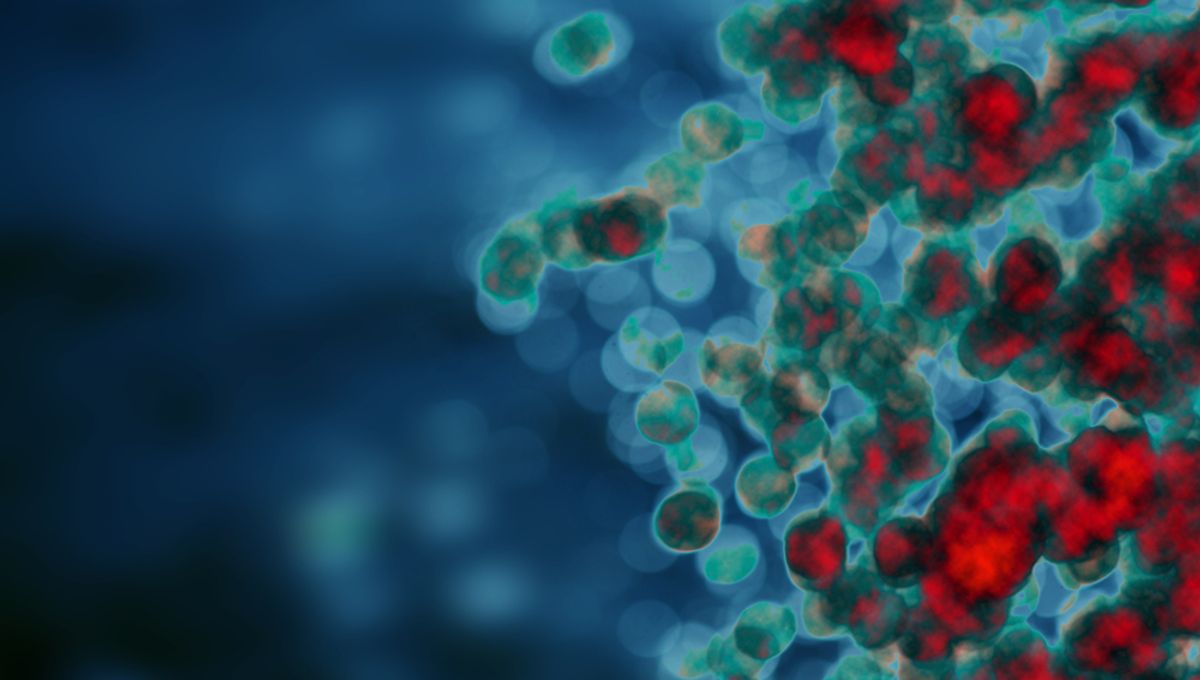
Scientists at Karolinska Institutet in collaboration with Karolinska University Hospital have identified the origins of a severe cancer-like disease that affects children. The findings may lead to new targeted treatments.
Langerhans cell histiocytosis (LCH) is a rare disease that normally affects young children but can affect people of all ages. The severity of the disease varies widely between people.
Langerhans cells are specialized immune cells that are normally found throughout the body, especially in the skin, lymph nodes, and organs where they help regulate the immune system and fight off invaders. When these cells multiply excessively during LCH, they can start to build up in the blood where they can spread and cause skin blisters, rashes, and tumor-like bumps called granulomas on bone and skull. The specific origin of LCH has not been fully understood as yet.
“The origin of the LCH cells has been discussed for decades. Some researchers are convinced that LCH is derived from a certain type of immune cell called dendritic cells, while others believe that they come from related cells called monocytes,” said Egle Kvedaraite, a doctor and researcher at the Department of Medical Biochemistry and Biophysics at Karolinska Institutet and first author of the new study, in a statement.
Using genetic sequencing techniques and microscopy analysis from patients’ cells with LCH, the scientists found that mutated LCH cells had properties similar to both monocytes and dendritic cells, as well as the newly discovered dendritic cell type 3 (DC3).
“Today we know that DC3 has a separate pathway of development, separate from other dendritic cells and monocytes, and knowledge of this was crucial in our study,” said Kvedaraite.
The scientists found that these different cell types could be communicating with each other to promote LHC, resulting in a self-reinforcing feedback loop.
“Among the treatment options for LCH, targeted therapy can be successfully applied, but the disease comes back when the targeted treatment is discontinued. This poses a serious challenge for patients, as a lifelong treatment for children is not a good option given the side effects,” Kvedaraite said.
The new study of how LCH originates might contribute to better treatment options in the future, the scientists say.
“The findings could lead to a treatment aimed at eliminating the pathological cells,” Kvedaraite concluded.
The results have been published in the journal Science Immunology.
Source Link: Origin Of Mysterious Langerhans Cell Histiocytosis Illness In Children Identified